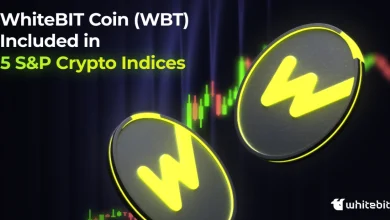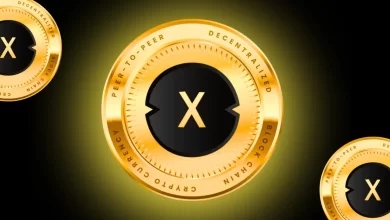
With technology as complex as blockchain, pre-made offerings, known as white-label solutions, have become quite the trend. They are usually built by a dedicated company and sold to other entities as a complete, all-in-one solution. For example, an iGaming company might license video games from a white-label company to save themselves time and development costs.
However, there are now multiple forms of white-label solutions. Some of them carry over the high costs and barriers of Web2, while others are embracing the power of Web3 and blockchain technology. Companies in the latter group are entering the ecosystem at a great time, with the Web3 gaming industry expected to reach $133,228.2 million in value by the end of 2033.
The Traditional White-Label Approach
Traditional white-label solutions have existed in the tech sphere for some time now. Providers sell their solutions to companies that rebrand and market them as their own. However, it’s important to note that many of these services charge expensive one-time set-up fees, ranging from $25,000 to $50,000 and even higher, depending on the industry.
Of course, this isn’t to mention the additional monthly maintenance fees. These providers build their own solutions, and they are the only ones who can provide adequate support. Monthly maintenance may include bug fixes, updates, and general operations. High costs of such upkeep prevent smaller companies — the ones who need white-label solutions the most — from entering the market as they simply can’t afford a white label.
Fortunately for companies looking into white-label solutions, the advent of Web3 is set to fix many of the problems presented by traditional white-label.
Going Web3: Playnance’s White Label
White-label solutions are also common in the Web3 space; such pre-built solutions allow companies to quickly launch their own blockchain-based products, such as tokens, dApps, NFTs, payment solutions, exchanges, or marketplaces, without having to build the technology from scratch. These solutions are perfect for companies looking to enter the Web3 space – they don’t require advanced technical expertise or significant development efforts.
One of the leading examples of Web3 white-label solutions is Playnance, a Web3-focused provider of white-label solutions in iGaming. With over 200,000 daily transactions across all of its products and more than $450 million paid out to its players, Playnance has established quite a niche.
Thanks to the power of Web3, Playnance’s white-label solution is significantly cheaper than its competitors. For example, one of Playnance’s WL solutions, UpvsDown, a P2P trading game where players predict whether the price of Bitcoin will rise or fall, charges only a one-time setup fee of $10,000, with no monthly operating costs. It pays customers daily and takes just one day to launch.
These capabilities are all thanks to Playnance’s Playblock blockchain network. Playblock is a zero-gas Layer-3 blockchain powered by Arbitrum Orbit. It allows players to log in with next to no effort and provides a simplified method of moving Web2 funds to Web3 to get into the game as fast as possible. Once established, platform owners will start earning a passive income from each game’s prize pool.
Playnance offers a variety of iGaming services, including get-ready-quick packaging and capabilities for EVM developers. Playnance’s leading white-label solution, UpvsDown, offers support for up to 17 languages, is available immediately for both desktop and mobile play, and can handle an unlimited number of players. All white-label solutions by Playnance are part of one decentralized social pool, meaning players can jump in between games as they see fit. This ensures all Playnance games have a reliable and evolving player base.
Playnance products include an exchange for users to trade their earned currencies and built-in bridges to support the transition from fiat to crypto. Working with Playnance provides developers with an all-in-one ecosystem from the jump.
Conclusion
Playnance’s white label is scalable, feature-rich, and much more accessible than what came before. By providing a low-cost entry and next to no monthly maintenance fees, Playnance ensures more developers can build their dream iGaming platform.
The more players coming into the Web3 ecosystem, the more funds will follow. From there, those funds may flow into other Web3 products, resulting in a viable, thriving ecosystem overall. A thriving ecosystem will result in more innovation, pushing the industry forward and benefiting everyone involved.
Trust with CoinPedia:
CoinPedia has been delivering accurate and timely cryptocurrency and blockchain updates since 2017. All content is created by our expert panel of analysts and journalists, following strict Editorial Guidelines based on E-E-A-T (Experience, Expertise, Authoritativeness, Trustworthiness). Every article is fact-checked against reputable sources to ensure accuracy, transparency, and reliability. Our review policy guarantees unbiased evaluations when recommending exchanges, platforms, or tools. We strive to provide timely updates about everything crypto & blockchain, right from startups to industry majors.
Investment Disclaimer:
All opinions and insights shared represent the author's own views on current market conditions. Please do your own research before making investment decisions. Neither the writer nor the publication assumes responsibility for your financial choices.
Sponsored and Advertisements:
Sponsored content and affiliate links may appear on our site. Advertisements are marked clearly, and our editorial content remains entirely independent from our ad partners.








